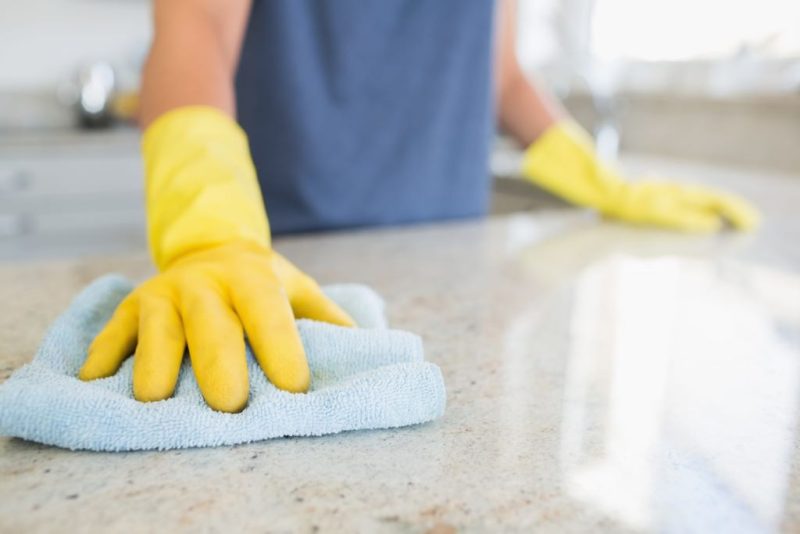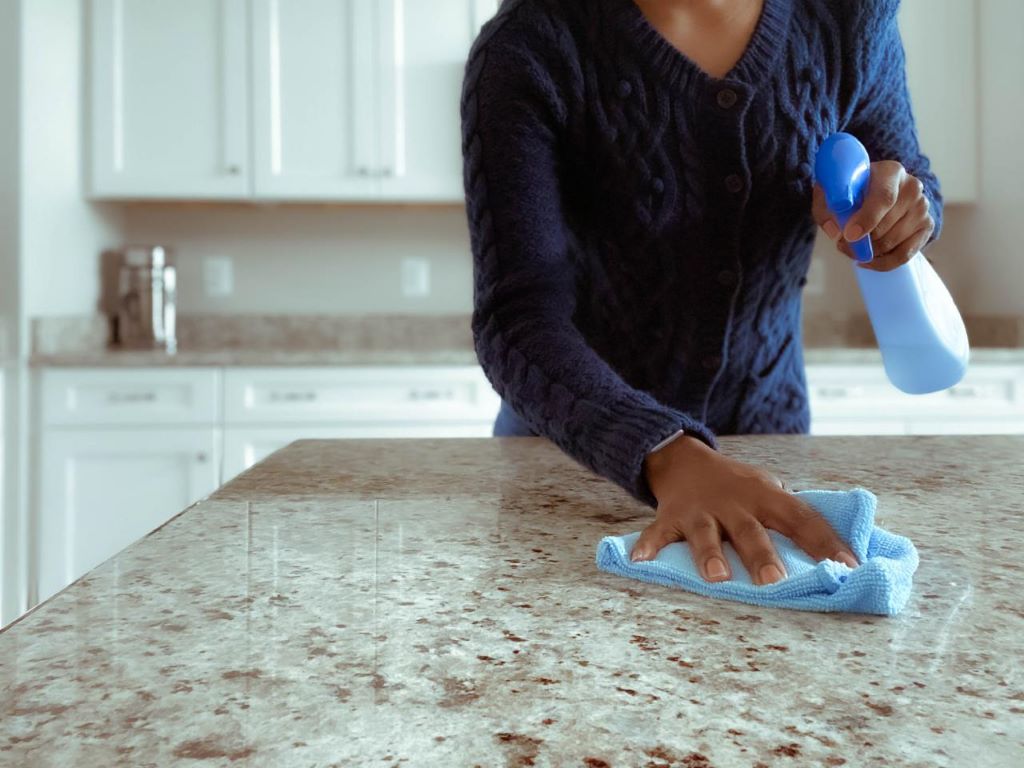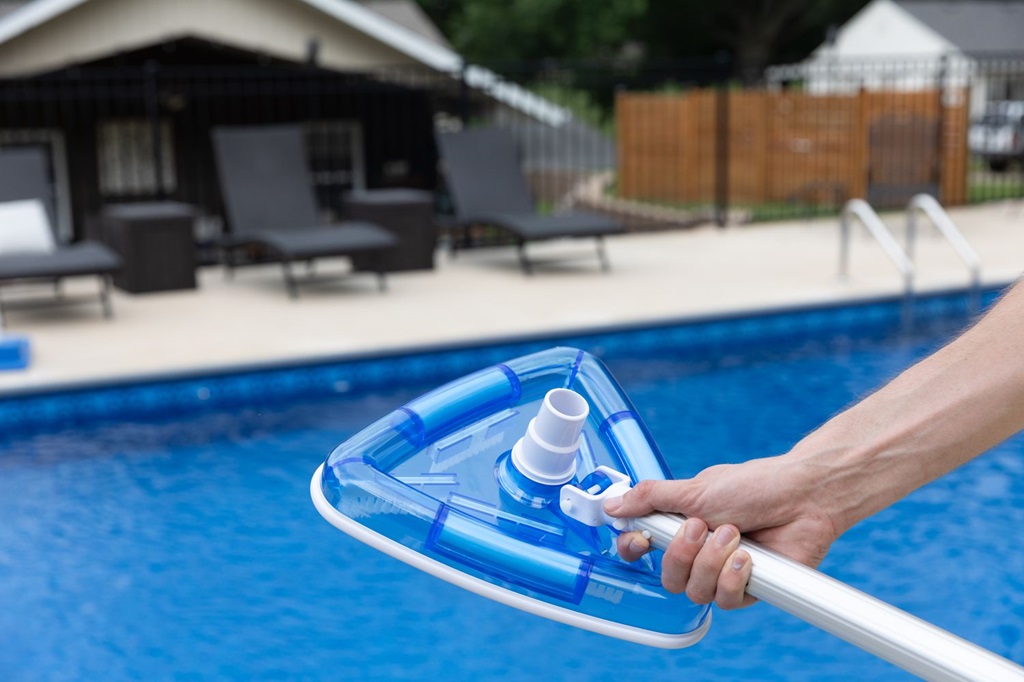Dolomite countertops bring a beautiful, natural touch to kitchens and bathrooms. With their subtle veining and resemblance to marble, they add timeless elegance to any space. However, maintaining the beauty of dolomite requires proper care, and choosing the right cleaning products is essential.
Understanding Dolomite
Before diving into the best cleaners, let’s understand dolomite. It’s a sedimentary rock, similar to marble but somewhat harder. Like marble, dolomite is primarily composed of calcium carbonate, making it susceptible to etching from acids. The etching appears as dull, discolored marks on the polished surface. While dolomite is less porous than marble, it’s still important to clean up spills promptly.
The Importance of the Right Cleaner
Using the wrong cleaning products is one of the leading causes of damage to natural stone countertops like dolomite. Harsh chemicals, acidic cleaners, and even some all-purpose cleaners can break down the sealant and harm the stone itself. Here’s what to avoid:
- Vinegar and Lemon Juice: While commonly used for DIY cleaning solutions, the acidity in these ingredients is too harsh for dolomite.
- Bleach and Ammonia: These strong chemicals can cause etching and long-term damage to the stone.
- General All-Purpose Cleaners: Many contain ingredients that aren’t safe for natural stone.
Best Cleaners for Dolomite
So, what should you use? Here are safe and effective options:
- Dish Soap and Warm Water: This is the best choice for daily cleaning. A few drops of mild dish soap in warm water will gently remove spills and everyday grime.
- pH-Neutral Stone Cleaners: These are specifically formulated for natural stone. Look for products labeled safe for dolomite or marble (examples include Weiman Granite & Stone Cleaner or Method Daily Granite Cleaner).
- Baking Soda Paste (for occasional stain removal): Baking soda and water can form a gentle paste to address tougher stains. Be sure to test this in an inconspicuous area first.
Additional Cleaning Tips
Beyond choosing the right cleaner, follow these important cleaning practices:
- Wipe up Spills Quickly: Especially with acidic substances like coffee, juice, or red wine, quick action is key to prevent etching.
- Use Soft Cloths and Sponges: Opt for microfiber cloths and non-abrasive sponges to avoid scratching the surface.
- Dry Thoroughly: After cleaning, wipe your counters dry to avoid water spots and mineral buildup.
- Seal Regularly: Dolomite should be sealed once or twice a year. Sealing helps protect the countertop from staining and etching. Check your sealant by putting a few drops of water on the surface; if it beads up, your counters are still protected.
Addressing Etch Marks
If you notice etching on your dolomite countertops despite your best efforts, don’t worry. Here’s what to do:
- Mild Etching: For superficial etching, commercial stone polishes or etch removers specifically formulated for stone may help restore the shine.
- Severe Etching: Consulting a professional stone restoration service is the best option for deep etch marks. They have the expertise to safely remove etching and refinish your countertops.
Dolomite Countertop Maintenance – Dos and Don’ts
Let’s recap with a quick checklist to keep your dolomite counters looking their best:
Do:
- Clean spills quickly
- Use soft cloths and sponges
- Opt for pH-neutral stone cleaners or dish soap and warm water
- Reseal your countertops regularly
Don’t:
- Use vinegar, lemon juice, or other acidic cleaners
- Use bleach, ammonia, or other harsh chemicals
- Let spills sit for an extended time
- Use abrasive cleaning tools
Final Thoughts
Choosing the best cleaner and following simple guidelines will keep your dolomite countertops beautiful and functional for years to come. Investing a little effort in proper care goes a long way in protecting the longevity and elegance of these stunning natural stone surfaces.





